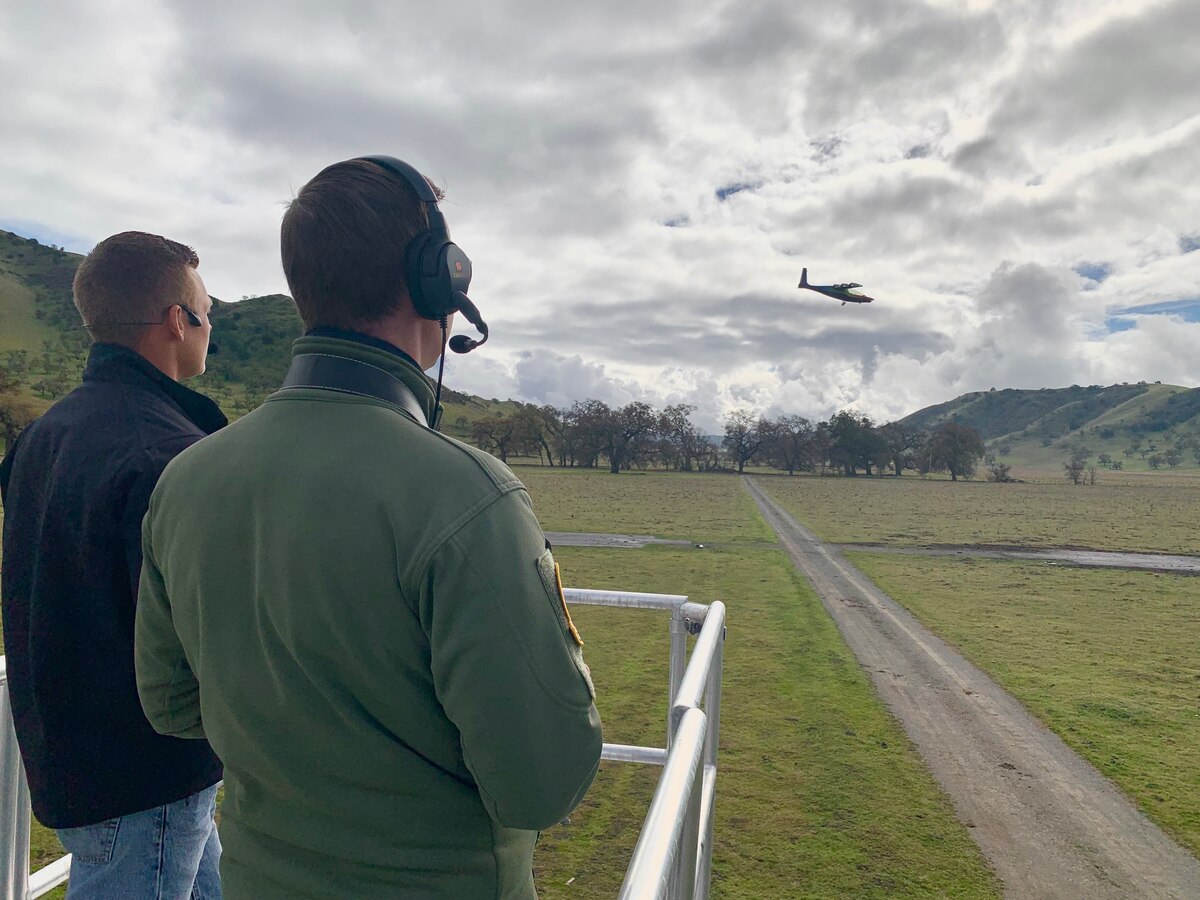Stay Up to Date
Submit your email address to receive the latest industry and Aerospace America news.
Agility Prime program plays support role to budding U.S. segment of a nearly global industry
Since 2020, the U.S. Air Force has awarded contracts through its Agility Prime program to American companies that are ready to flight test advanced air mobility aircraft mainly for civilian applications, a recent example being the additional funds awarded to California-based Joby Aviation for some of its flights.
To find out why the Air Force sees such opportunity in electric rotorcraft, I spoke by video with Col. Nathan Diller in his Pentagon office, where he directs Afwerx, the service’s technology directorate with a $1 billion annual budget, and is chief commercialization officer for the Department of the Air Force. Agility Prime has a $100 million annual budget and is part of Afwerx, which in turn is part of the Air Force Research Laboratory.
The first thing Diller wants me to understand is that he doesn’t view advanced air mobility and electric aircraft in general purely through a military lens. Development of these aircraft offers “a profound opportunity to boost economic output, to improve quality of life, and to help us all connect with one another,” he says.
He compares the surge of new companies exploring novel airframes, rotors, batteries and electric powertrains as like the early days of the commercial space industry, when firms such as SpaceX, Virgin Galactic and Blue Origin emerged. Those companies received government support, including contracts from NASA.
The Air Force wants to make sure that the nation doesn’t “lose the opportunity of capturing strategic markets that have the potential to radically reshape aviation,” he says. The Agility Prime program, then, is focused on reducing technical, regulatory and financial risk for the companies by providing them access to flight test ranges, government test facilities and, of course, funding, Diller says.
Those awarded Air Force airworthiness certifications for testing so far include Joby, which has a contract that could be worth up to $75 million if all objectives are reached, and Vermont-based Beta Technologies, which has a contract that could reach $50 million. California’s Kittyhawk and Texas-based Lift Aircraft also have received airworthiness certification from the Air Force for testing, but those companies haven’t disclosed how much their contracts are worth. All four are developing electric vertical takeoff and landing (eVTOL) aircraft. Other aircraft developers have received support or expert advice from Agility Prime, Diller says, but not necessarily in the form of a contract.
The program allows the aircraft companies to fly at Air Force ranges and to test their craft in government simulators, wind tunnels and vibration testing facilities.
“We’ve also had some of them build out simulators for us to put our operators in,” he says. Those operators have gotten simulator or flight experience in the experimental craft without a full flight background.
As for operational applications, the Air Force wants to learn what would be required to fly electric aircraft into areas where fossil fuel isn’t available, Diller says. Examples of test flight scenarios include resupply or relocation of personnel in the field and emergency or medical response. Of course, being able to charge batteries in the field also represents a challenge, he says.
Diller says he shares the goal of some AAM makers to eventually shift to autonomous or remote piloting of their electric aircraft.
“In terms of training, it costs $2 million to turn me into a fighter pilot, today — a combat-ready fighter pilot. We don’t expect and can’t afford $2 million for every eVTOL pilot. So that’s the promise that a lot of the technology brings,” he explains.
Agility Prime regularly coordinates activities and shares technical information with FAA and NASA to help prepare for electric aircraft and, potentially, autonomous flight, Diller says.
“Hopefully we’re reshaping the federal bureaucracy in a sense, so that, you know, we don’t get stuck in old ways from old technologies while still making sure we don’t make leaps that create risk to life and property,” Diller says.
Also on Diller’s mind is the risk of supply chain disruptions for U.S.-based AAM companies.
Diller cites the major disruptions to the auto industry due to a microchip shortage over the past two years. Similar supply chain problems have plagued the aviation industry in the past, he notes.
“We certainly think for the Department of Defense, as well as for our country, doing what we can to ensure a safe and secure supply chain is something that’s key,” he says.
Get the latest news about advanced air mobility delivered to your inbox every two weeks.
About paul brinkmann
Paul covers advanced air mobility, space launches and more for our website and the quarterly magazine. Paul joined us in 2022 and is based near Kennedy Space Center in Florida. He previously covered aerospace for United Press International and the Orlando Sentinel.
Related Posts
Stay Up to Date
Submit your email address to receive the latest industry and Aerospace America news.




